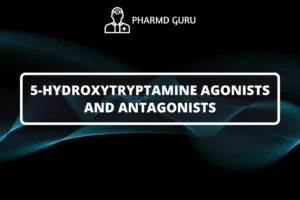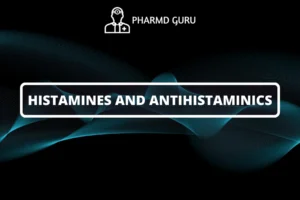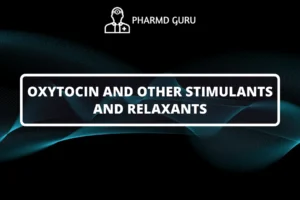Pharmacokinetics is a branch of pharmacology that deals with the study of how drugs are absorbed, distributed, metabolized, and excreted by the body. It focuses on understanding the processes that determine the concentration of a drug in the body over time. Pharmacokinetic parameters help healthcare professionals optimize drug therapy and ensure safe and effective use of medications.
SCROLL DOWN TO THE BOTTOM OF THIS PAGE FOR ACTUAL NOTES.
TABLE OF CONTENTS:
- Introduction
- Absorption
- Distribution
- Metabolism
- Excretion
- Pharmacokinetic Parameters
- Factors Affecting Pharmacokinetics
- Clinical Applications
Introduction
Pharmacokinetics plays a crucial role in understanding how drugs interact with the body. It involves studying the absorption, distribution, metabolism, and excretion of drugs, commonly referred to as ADME. By comprehending these processes, healthcare professionals can predict drug concentrations in the body, determine appropriate dosages, and adjust treatment regimens as needed.
Absorption
Absorption refers to the process by which a drug enters the bloodstream from its site of administration. It depends on various factors, including the route of administration, drug formulation, and the properties of the drug itself. Different routes of administration have different rates and extents of absorption. For example, oral medications must pass through the gastrointestinal tract, while intravenous administration bypasses absorption altogether.
Distribution
Once absorbed into the bloodstream, drugs are distributed throughout the body to their target sites of action. Distribution is influenced by factors such as blood flow, drug solubility, and tissue binding. Drugs can bind to proteins in the blood, which affects their distribution and availability to exert their pharmacological effects. The blood-brain barrier and placental barrier also play important roles in limiting drug distribution to certain areas.
Metabolism
Metabolism, also known as biotransformation, refers to the enzymatic conversion of drugs into metabolites. The liver is the primary site of drug metabolism, although other organs such as the kidneys, lungs, and intestines can also contribute. The main purpose of metabolism is to facilitate drug elimination from the body. Metabolism can transform drugs into more active or less active compounds, and it can also produce toxic metabolites.
Excretion
Excretion is the process by which drugs and their metabolites are eliminated from the body. The kidneys are the major excretory organs, primarily eliminating drugs and their metabolites through urine. Other routes of excretion include feces, bile, sweat, and exhaled air. The rate of excretion depends on factors such as drug properties, renal function, and pH balance.
Pharmacokinetic Parameters
Pharmacokinetic parameters are quantitative measures used to describe the characteristics of drug absorption, distribution, metabolism, and excretion. Some important pharmacokinetic parameters include bioavailability, clearance, volume of distribution, half-life, and therapeutic drug monitoring. These parameters provide valuable information about a drug’s behavior in the body and can guide dosing strategies.
Factors Affecting Pharmacokinetics
Several factors can influence pharmacokinetics, leading to individual variability in drug response. These factors include age, genetics, liver and kidney function, disease states, drug-drug interactions, and environmental factors. Understanding these factors is essential for personalized medicine and optimizing drug therapy for each patient.
Clinical Applications
Pharmacokinetics has numerous clinical applications across different medical specialties. It helps determine appropriate dosages for different patient populations, such as pediatric or geriatric patients. Pharmacokinetic modeling and simulation aid in drug development and dosage regimen design. Therapeutic drug monitoring allows healthcare professionals to adjust drug doses to maintain therapeutic concentrations and avoid toxicity.
ACTUAL NOTES:




